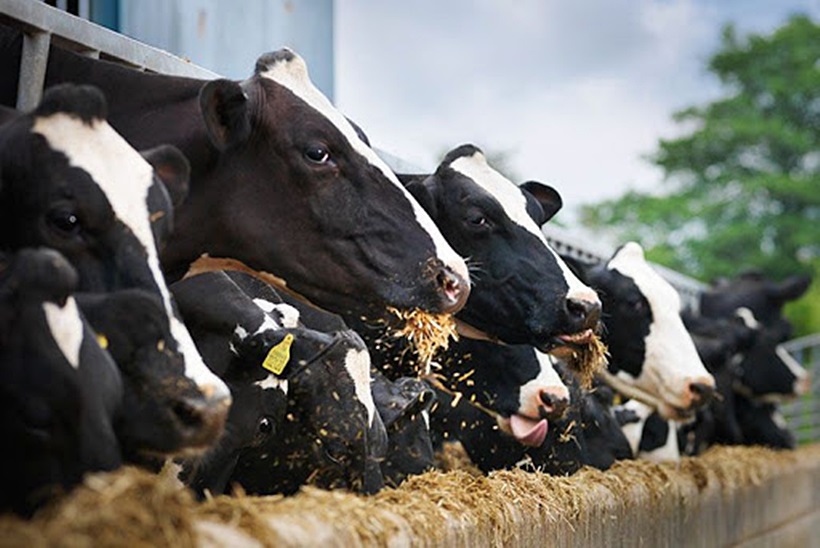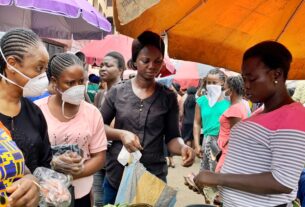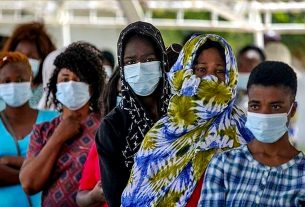Thu 14 May 2020:
The head of commodities research at Goldman Sachs believes the two big commodity stories looking ahead to 2021 and beyond will concern oil and livestock.
The forecast comes at a time when the coronavirus pandemic has prompted many countries across the globe to effectively shut down.
It has created an unprecedented demand shock in energy markets, with U.S. oil prices tumbling into negative territory for the first time ever last month.
Both major oil benchmarks have registered modest gains in recent weeks. However, Brent crude futures and U.S. West Texas Intermediate futures are still down more than 50% on the start of 2020.
“Investors don’t want to hear anything about oil. They have been beaten up, they are done with this space (and) it is going to take a lot to get them to come back,” Jeff Currie, head of commodities research at Goldman Sachs, said during a video call with reporters last week.
The coronavirus outbreak has also wreaked havoc in the food industry, with farmers now facing a pronounced market imbalance.
As a result, Currie said that he believes the only other commodity market “looking as precarious as oil” was livestock.
“They both share something in common: You do damage to the supply, it takes a while to bring it back online again,” he said.
“We had a problem with livestock going into this … We now have a very serious problem,” Currie added.
Food insecurity
Confinement measures have been implemented in 187 countries or territories over recent weeks and months, in an effort to try to slow the spread of the coronavirus.
The restrictions, which vary but broadly include school closures, bans on public gatherings and social distancing, have forced many restaurants to close their doors.
This collapse in demand from the hospitality industry has reportedly forced some U.S. farmers to let fresh fruit and vegetables perish, while dairy farmers have had to pour excess milk away.
Meanwhile, an uptick of Covid-19 cases in meat processing plants has led to some closures and a slowdown in production. As a result, there are growing concerns about whether the industry can meet demand for pork, beef and chicken.
At the same time, food banks have reported massive shortages. Feeding America, the largest network of food banks in the U.S., has warned that the number of “food insecure children” in the world’s largest economy could hit 18 million as a result of the Covid-19 pandemic.
This is higher than the record 17.2 million recorded by the U.S. Department of Agriculture (USDA) at the height of the recession in 2009.
What do oil and meat have in common?
Analysts at Bank of America Securities said in a research note published late last month that livestock farmers in the U.S. meat industry were likely “to suffer tremendous financial burdens” as a result of the coronavirus crisis.
Pork processors were expected to bear the brunt of plant closures, the analysts said, while beef processing was thought to be in a better position.
The analysts at Bank of America Securities stopped short of warning about the prospect of empty meat cases at the grocery store anytime soon.
But, they did stress those concerns “could become greater” if plants were unable to re-open.
President Donald Trump said via Twitter on Saturday that the U.S. government would start to purchase $3 billion in agricultural products from American farmers over the coming days.
He referenced the USDA program, “Farmers to Families Food Box,” that aligns with the department’s $19 billion relief plan announced last month.
Goldman’s Currie said herds had been “tremendously reduced” on both cattle and hogs in recent weeks.
“And what do oil and meats have in common? They are big inputs into inflation in the emerging markets,” he continued. “These are going to be the two big commodity stories I think are going to be important as we look out into 2021 and beyond.”
Think your friends would be interested? Share this story!






